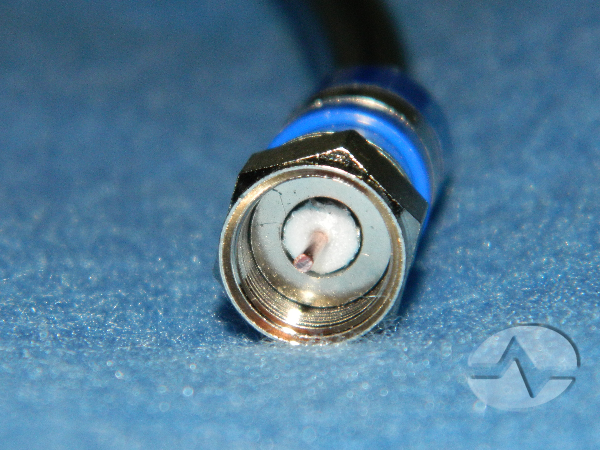Correct me if I'm wrong. I had to do a quick search 'when should i use quad shielded'.
Everything I read makes sense. In the amateur radio world quad shield can make a big difference if you live in an RFI saturated area. Where I live there is literally none. I use LMR400 and 9913 for my runs. A piece of double shield 50 ohm made no difference.
Pay attention to dB loss per foot and maximum frequency you need to go out to.
Your LNB is amplified into the cable. Loss/ft. makes a big difference if you're running the cable to the limit of specs to the dish. The best spec. cable won't do any good if the jacket is crap. Or if you allow it to get damaged, a squirrel eats it, etc.
Now if you're going Cadillac and you just want to drop money by all means get the best you can afford. Don't forget the connectors because quad shield is going to need correct ones.
But signals will be digital and that's the difference between great cable in the analog world and not.
Does your installation need quad shielded cable? It's quite possible it doesn't!

blog.solidsignal.com


